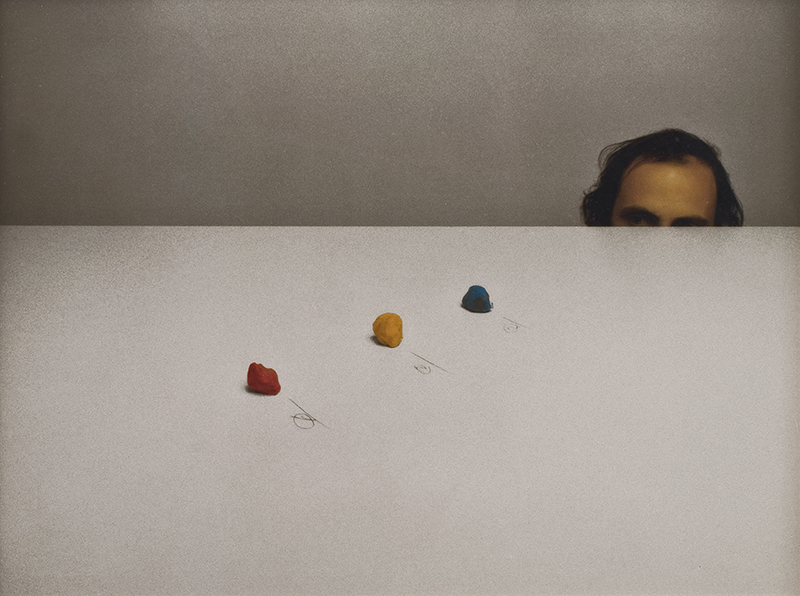Serge Spitzer
Art Encounters 2017 Exhibitions:
Decebal Scriba & Serge Spitzer – 40 years after
Serge Spitzer (1951-2012) was a protagonist of the artistic avant-garde of the late 60s. His works often refer to economic, social and political structures. His concepts of “models of reality” challenge the common perception and the limits of communication systems.
Selected exhibitions: Palais de Tokyo (2010/2011, solo); MMK 1991-2011 / 20 years of Presence, Museum fur Moderne Kunst (MMK) Frankfurt am Main (2011); Image to be projected until it vanishes MUSEION Museum fur Moderne und Zeitgenossische Kunst, Bolzano (2011); THE BEAUTY OF DISTANCE: Songs of Survival in a Precarious Age, 17th Biennale of Sydney (2010); Radical Conceptualism, Museum Für Moderne Kunst (MMK), Frankfurt Am Main (2010); Centre International d’art et du Paysage, Ile de Vassivière (2009, solo); Mayor Synagogue Haskoy, Istanbul (2009, solo); Galerie Tschudi, Zuoz (2009, solo); Aldrich Museum of Contemporary Art, Ridgefield (2008, solo); Magazzino d’Arte Moderna, Roma (2008, solo); No Leftovers, Kunsthalle Bern (2008); Nyehaus / Foundation 2021, New York (2006, solo); Museum Moderne Kunst, Frankfurt (2006, solo); Kunstmuseum, Berne (2006, solo); Chinese Aesthetics of Heterogeneity, MOCA Shanghai Biennial, Museum of Contemporary Art, Shanghai (2006); Lost and Found, Apexart, New York (2001); d’Apertutto, La Biennale di Venezia, 48th International Art Exhibition, Venice (1999); L’Autre, Biennale de Lyon, Musee d’Art Contemporaine, Lyon (1998); Speed, Kwangju Biennial, South Korea (1998).
Serge Spitzer had a remarkable international career after settling in the USA. But a careful analysis of his early work leaves the impression that, in his training, he drew on a contextual point of view in such a way that brings him particularly closer to his companion. His unique propensity towards concealment, his way of placing objects in space, indicate the artist’s unusual sensitivity for architecture and other finite structures. His work is marked by the presence of objects or various structures as events or texts that form arrangements without trying to modify the original structure. The energy brought forth by trying to obtain an object only through perception becomes an integral part of the contemplation process: absence is just as much a part of the expression as is presence.

Images:
1. Serge Spitzer, Seeing Red, Seeing Yellow, Seeing Blue (1976), set de 3 printuri cromogenice, 62 x 246 cm, copyright: The Estate of Serge Spitzer









